Although the sea is one of the places we prefer to have a good time and cool off in the summer, ignoring the dangers that come with it can unfortunately cost us our lives. One of these dangers is rip currents.
Common in the Black Sea coast and Known to cause 304 deaths in 10 years These currents have the power and danger to turn your pleasant moments into nightmares.
So what is a rip current and If we are caught in this current, how can we escape?
The rip current is called the “Black Sea’s quirk” on the warning signs on the coasts.
This formation is generally seen in areas where the sea bottom structure is in the form of heel-dalyan-toe, in other words, sand dune-crevice-sand dune, and especially in windy weather, waves breaking on the heels, It occurs due to its backward movement from the dalyan regions.
In this way, it carries those caught in the current away from the shore and towards the open. Drownings caused by rip currents are common in people who realize they are being dragged into the open. Efforts to return to the land by fluttering with fear and panic It occurs as a result of being tired and unable to keep themselves on the water.
These currents have a force that professional swimmers and sometimes even lifeguards cannot resist.
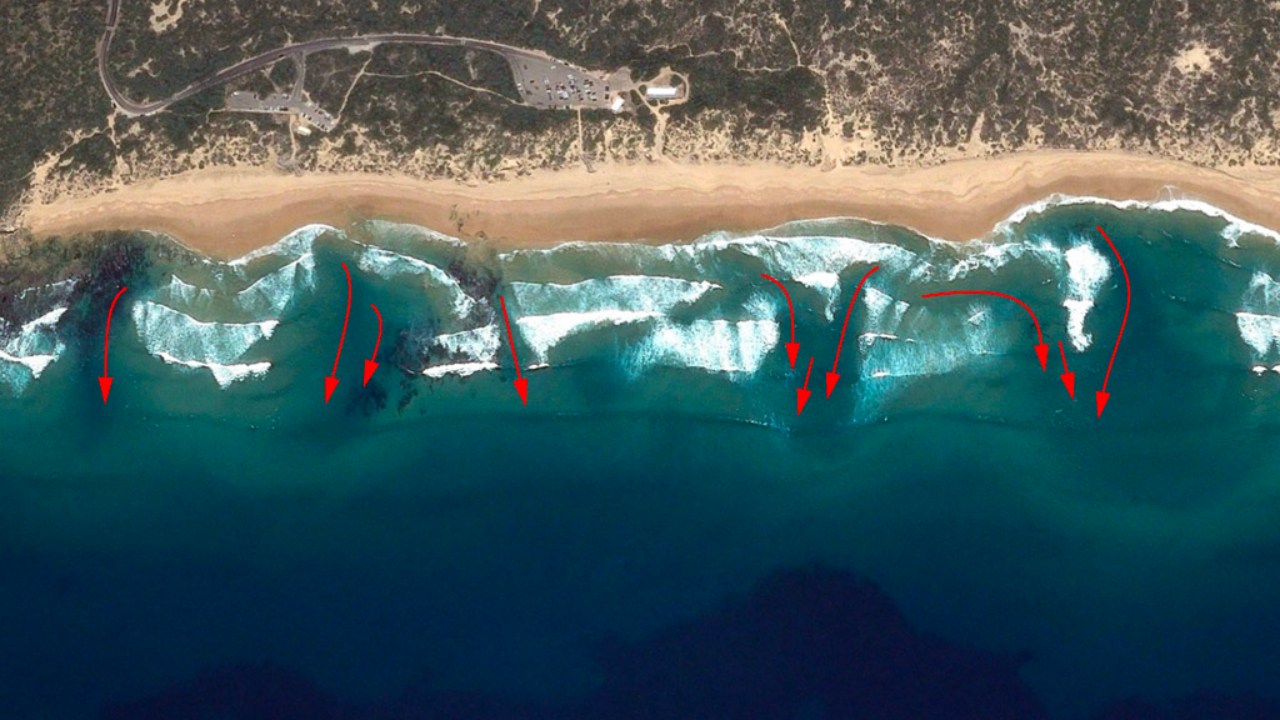
In the rip current bottom structure, wave heights and size of sand grains It is quite decisive and such cases are especially common in the Black Sea coasts.
For this reason, it is quite possible to encounter rip currents on all beaches along the Black Sea coast, starting from Karaburun (Arnavutköy) to Şile. Also outside the Black Sea The beaches of Istanbul facing the Black Sea coast also face this danger.
Rip currents can be expressed as strong currents that occur from the sea to the open, perpendicular to the shore.
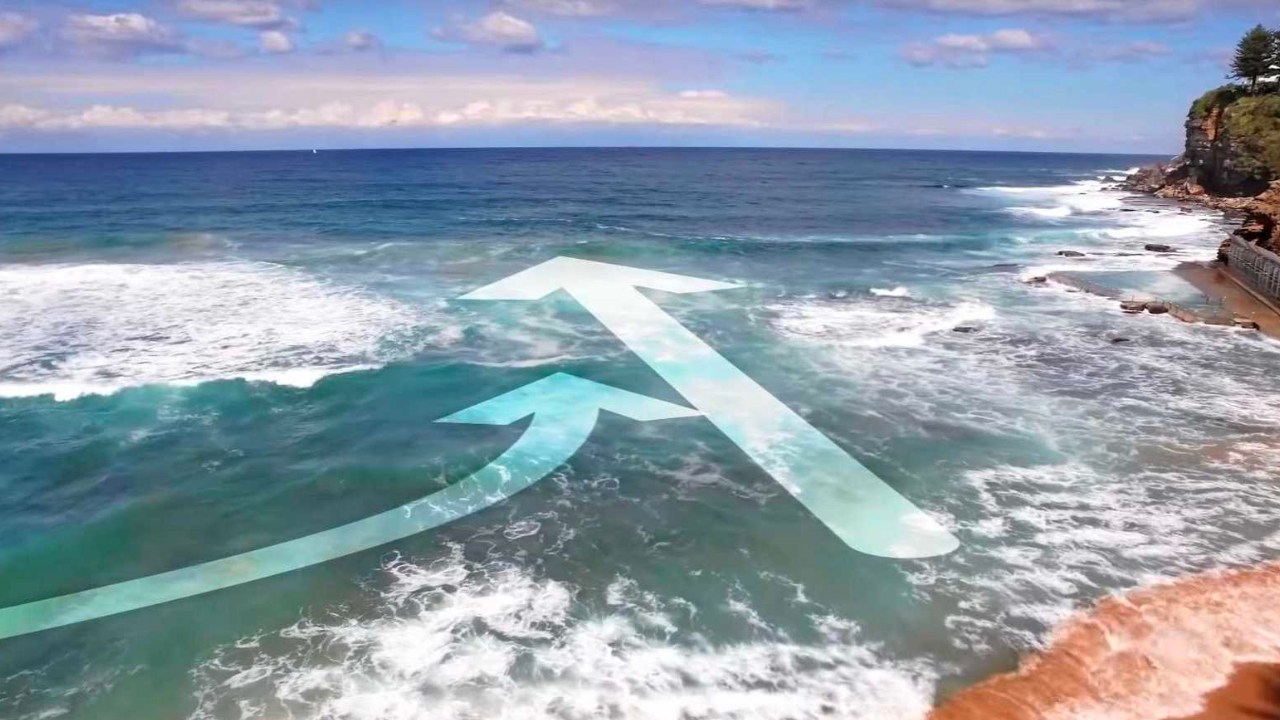
When the water carried by the waves to the shore hits the shore, it wants to go back to the sea again. Water returning to the sea through deeper channels also creates a rip current. These currents can behave in different ways and flow in different directions.
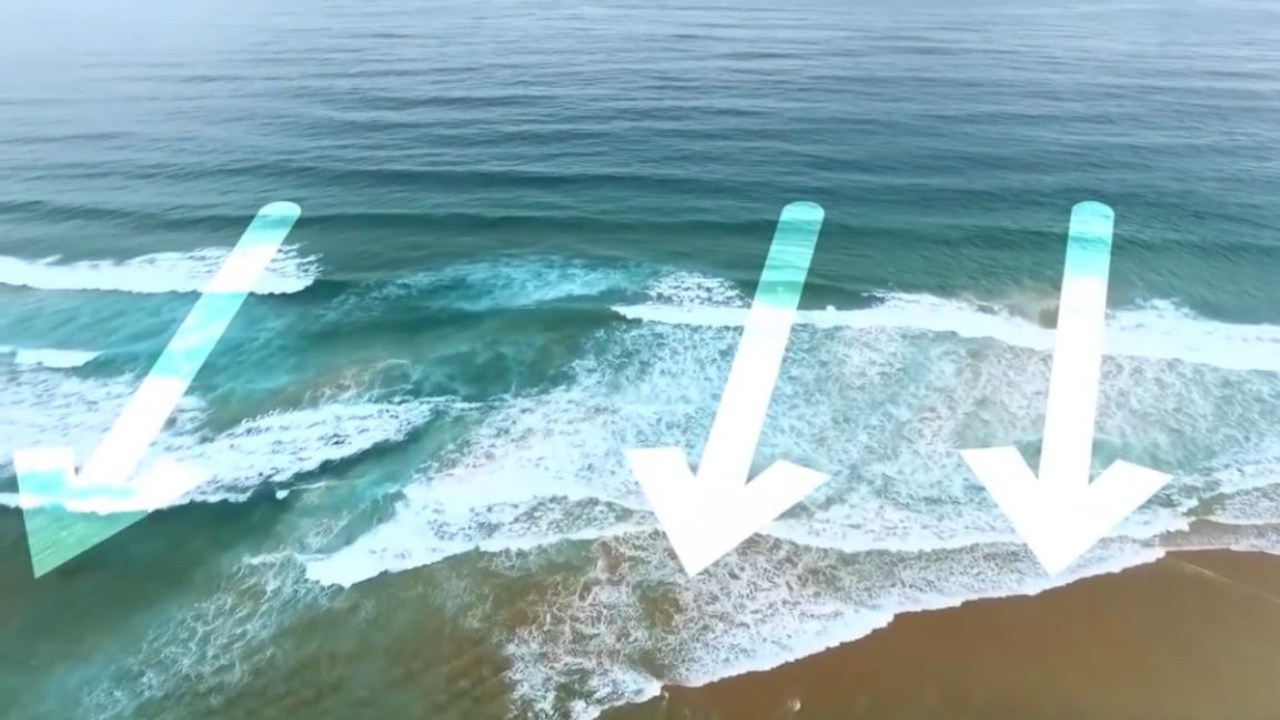
For example, sometimes they form towards the open sea, and sometimes they form towards the open sea. They can flow into the sea at certain angles. In addition, currents can sometimes return to the shore. The speed of these currents varies between 0.3 meters per second (m/s) and 1.5 meters per second.
So how can we detect these formations?
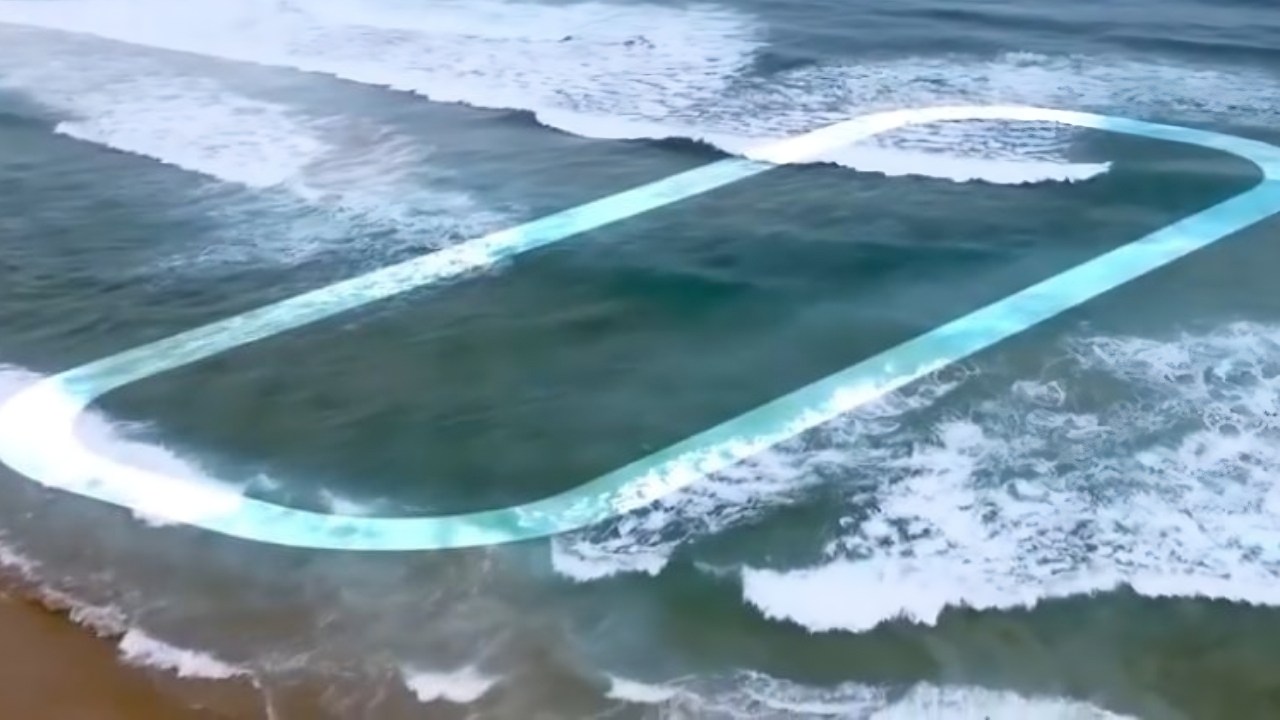
Deep and dark areas, slightly undulating surfaces surrounded by shallow water, areas where waves break less, objects drifting off the waves, and turbid or sandy areas are the most common signs of rip currents. Especially in an area of the coast if the water has changed color and is quite cloudyAccording to experts, this is 90% pulling current.
This stream it removed the sand and mud at the bottom and started to carry it outward. In other words, the color of the water changes because of this. However, sometimes it is not possible to encounter all of these symptoms and one or two of them may attract attention. For this reason, it is useful to make the necessary checks before entering the sea.
If we get caught in the current, how can we escape?
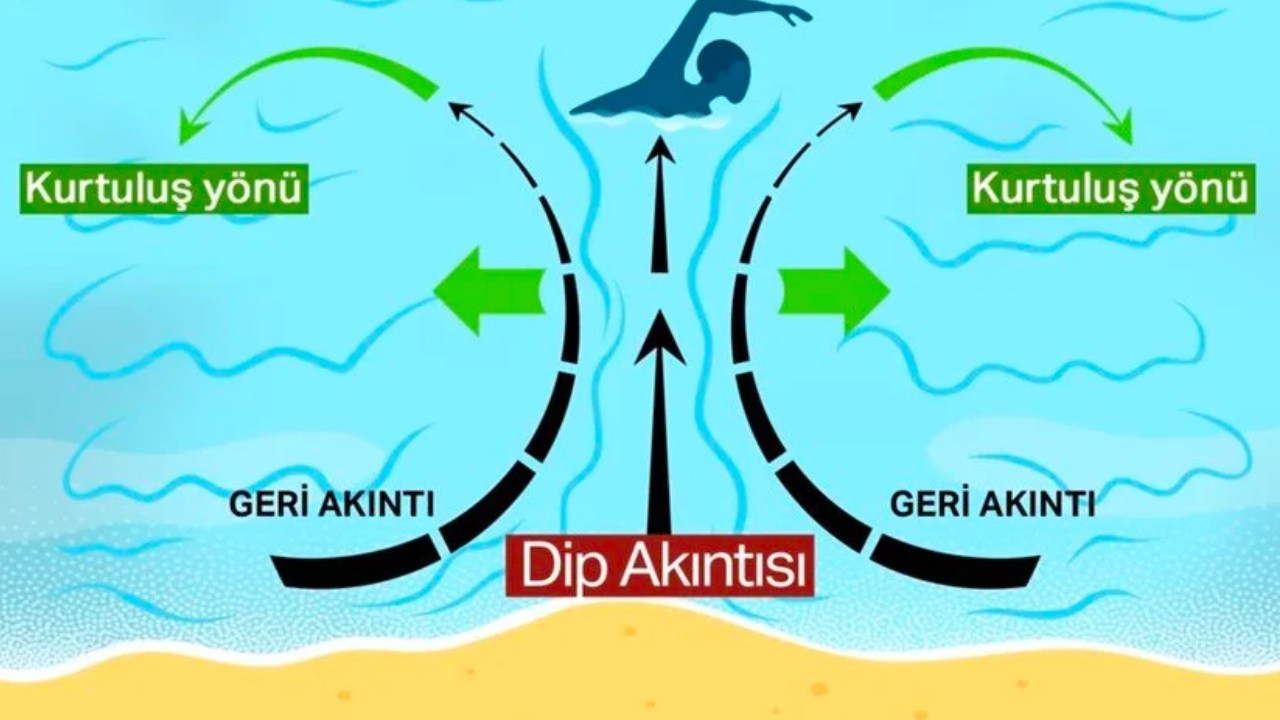
Fluttering movements to meet rip currents with panic and swim faster do more harm than good. In the meantime, the first thing to do is not to resist, It is to go calmly with the current and try to stay on the water.
Depending on the strength of the current, it can cause you to drift about 40-50 meters away. When he shows weakness, it would be wrong to try to go back. Swimming to the right or left and out of range of the current is the right move.
RELATED NEWS
Why Are “Square Waves” at Sea So Dangerous You Have to Avoid the Moment You See?
RELATED NEWS
The Key Question of Every Summer: Is It Healthier To Swim In The Pool, Or In The Sea?
RELATED NEWS
“How?” Prepare to Say! Mysterious Sea in the Middle of the Ocean with No Land Land: Sargasso
RELATED NEWS
Why Are Ocean and Sea Water Actually Salty? The answer is hidden both above and below the ground!
RELATED NEWS
Reading This Content Could Save Your Life: The ‘Stand Up Method’ You Can Use to Minimize Your Risk of Drowning While Swimming
RELATED NEWS
